Great opportunity to promote development
Among the provinces and cities in the Red River Delta, Hung Yen is the province without forests and mountains and is located in the center of the Red River Delta, in the Northern key economic region. In particular, with its favorable geographical location, Hung Yen borders 5 large provinces and cities: Hanoi, Bac Ninh, Hai Duong, Thai Binh , Ha Nam with a diverse system of waterways and roads, helping Hung Yen have favorable conditions to develop industry, logistics and inter-regional infrastructure.
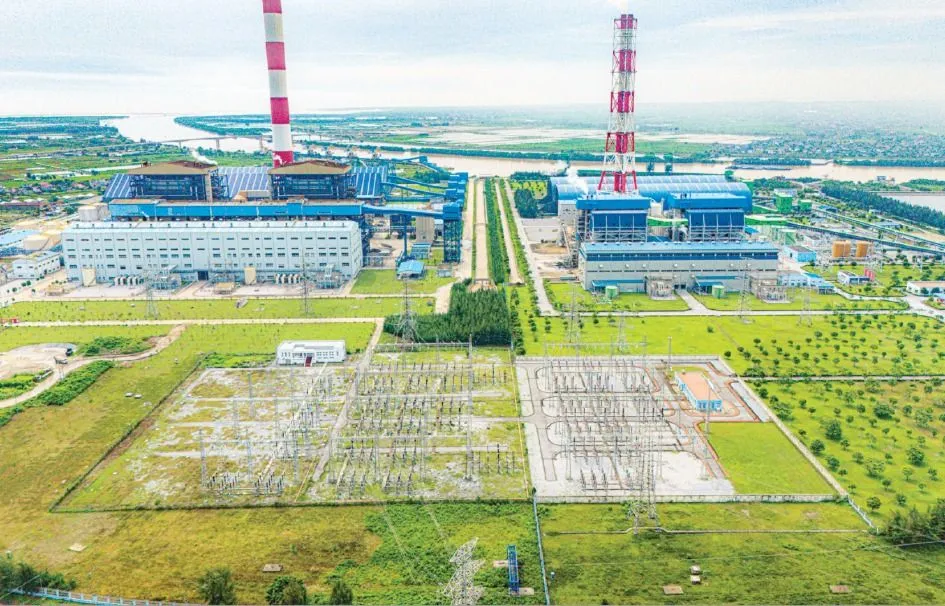
Along with the above characteristics, Hung Yen is also a locality located in an area with favorable weather conditions for agricultural production, suitable for many types of crops with high productivity and quality, such as longan, Dong Tao chicken, pink banana, orange, grapefruit... Statistics to date show that Hung Yen province has more than 3,100 hectares of vegetables, tubers and fruits produced according to VietGAP and organic production processes. The area of many types of crops with high income value is increasing rapidly, of which longan is about 5,000 hectares, lychee is more than 1,100 hectares, citrus trees are more than 4,600 hectares.
Meanwhile, Thai Binh has long been a famous "rice granary" in the North. According to the Department of Agriculture and Environment of Thai Binh province, the locality has formed and developed many concentrated commodity production areas with a total area of up to 11,000 hectares of 270 cooperatives and more than 20 enterprises inside and outside the province linking production and consumption of agricultural products according to large-scale commodity value chains. Along with that, Thai Binh focuses on developing effective farming models, such as rice cultivation towards reducing greenhouse gas emissions on over 5,000 hectares, land accumulation model for large-scale production development reaching about 5,676 hectares. Thai Binh province also has a strong marine economy with up to 52km of coastline and 5 large river mouths flowing into the sea, creating a tidal flat area of over 16,000 hectares.
Research to immediately build a 10-lane road from Hung Yen to Thai Binh
In a recent working session with the Standing Committee of the Thai Binh Provincial Party Committee, Prime Minister Pham Minh Chinh requested Thai Binh province and relevant ministries and branches to study and immediately build the most direct route, with a scale of 10 lanes, from Hung Yen city to Thai Binh city, thereby connecting with the Hanoi - Hai Phong expressway, Phap Van - Cau Gie expressway, and Ninh Binh - Hai Phong expressway.
After the merger, the new Hung Yen province will have a natural area of about 2,509 km 2 and a population of more than 3 million people. This is the basis for forming a large domestic market, creating advantages in scale for agricultural, industrial and service production sectors. Sharing with us, Mr. Do Quang Bon (Thai Thuong commune, Thai Thuy district, Thai Binh province), the owner of a shrimp farm, said: "The scale of our commercial shrimp farm is 5.5 hectares, the number of shrimp farming crops has increased from 2 to 4 crops/year, so the merger between Hung Yen and Thai Binh helps to promote cooperation in product consumption and expand production areas."
Mr. Pham Cong Bac (Trai Trang commune, Yen My district, Hung Yen province) was also happy: This is a decision of the Party and State that is in line with the people's wishes, opening up many opportunities for the next generation to have better conditions to study, work and develop. The merger between the two provinces is not just a simple administrative connection but a combination of historical, cultural, resource, human and intellectual values, at the same time opening up a large space to better exploit the inherent potential of the locality.
Reshaping infrastructure
One of the factors that turns Hung Yen province into an economic center is investment in transport and urban infrastructure. Hung Yen province currently owns a dense road network connecting with Hanoi, Hai Phong, Quang Ninh, but Thai Binh province lacks direct connection to highways. Therefore, the merger of Thai Binh and Hung Yen is expected to form a "super province" in the Red River Delta. In particular, Hung Yen is the southeast gateway to the capital, with a highway passing through, National Highways 5 and 39 convenient for domestic logistics; while Thai Binh is the gateway to the sea of the Northern coastal region with advantages in waterways and seaports (Cua Lan, Diem Dien).
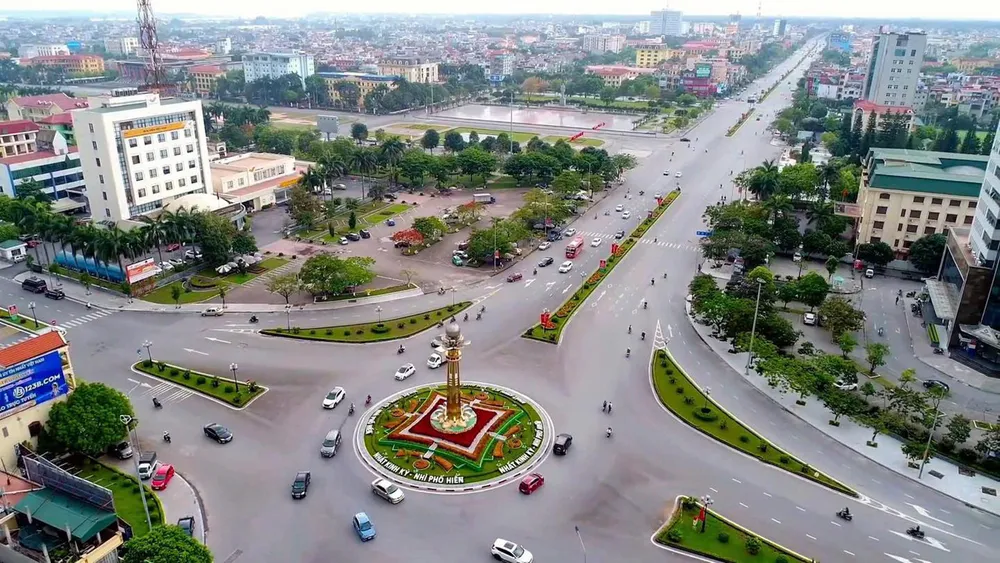
According to economic expert Vu Dinh Anh, the merger of these two provinces will promote the construction of a traffic axis across Hung Yen - Hai Duong - Thai Binh, helping to form a more effective cross-regional logistics network, taking advantage of seaports and coastal economic corridors. Connecting goods from Hung Yen industrial parks to seaports in Thai Binh will be more convenient and faster. However, currently, the traffic connection between these two provinces still has many limitations, such as National Highway 39, Trieu Duong Bridge, and National Highway 38B are often congested.
Meanwhile, Deputy Minister of Construction Nguyen Danh Huy informed that in the near future, there will be many large transport projects invested in this area. According to the Railway Network Planning for the period 2021-2030, with a vision to 2050, the Nam Dinh - Thai Binh - Hai Phong - Quang Ninh coastal railway with a length of about 101km, 1,435mm gauge will be invested after 2030, meeting the transportation needs until 2050 of about 1.5-3.5 million passengers/year and about 1.5-2.5 million tons of goods/year.
While there is no railway, the Government is directing to accelerate the investment progress of the Nam Dinh - Thai Binh - Hai Phong - Quang Ninh expressway, which can meet the demand for passenger transport until 2045... Experts predict that with the merger of Hung Yen and Thai Binh, large transport projects will be more attractive to transport infrastructure investors; it will be easier to mobilize capital from the central government for key transport linkage projects.
DR. HUYNH THANH DIEN:
Forming a multipolar development ecosystem
It can be said that the prolonged administrative fragmentation is hindering the development of the Northern region. Merging provinces is a strategic step to comprehensively restructure regional relations, from organizing intra-provincial space, inter-provincial linkages to reshaping the central - satellite regions. New provinces with a scale equivalent to the regional level will create conditions for rebuilding urban, industrial, logistics and infrastructure chains according to a stratified model, forming a development linkage network at three levels: intra-provincial (functional role division), cross-level (dynamic axis linkage), and central - satellite (building a multi-polar, diffuse capital region).
Typically, Lao Cai - Yen Bai develops along the highway axis with the role of sharing between logistics, tourism and transit industry; Thai Nguyen - Bac Kan balances between growth and ecology; Phu Tho - Vinh Phuc - Hoa Binh creates a multi-center cluster of industry - logistics - renewable energy. At the inter-regional level, development axes such as the Northwest midlands (transit link between the capital region and the Northwest), high-tech industry (Bac Ninh - Bac Giang - Hai Duong - Hai Phong), or coastal plains (Ninh Binh - Nam Dinh - Ha Nam) will create linkage chains with strong spillover power.
The relationship between Hanoi and its satellite provinces has also been restructured: the West (Phu Tho - Vinh Phuc - Hoa Binh) is a buffer zone for industrial expansion; the East (Bac Ninh - Bac Giang) is a high-tech satellite; the Southeast (Hai Duong - Hai Phong) is a logistics - seaport center. All are connected by a modern infrastructure system, forming a "super capital region" with international competitiveness.
Source: https://www.sggp.org.vn/sap-xep-34-tinh-thanh-khong-gian-phat-trien-moi-buoc-ngoat-chien-luoc-phat-trien-vung-dong-bang-song-hong-post800721.html



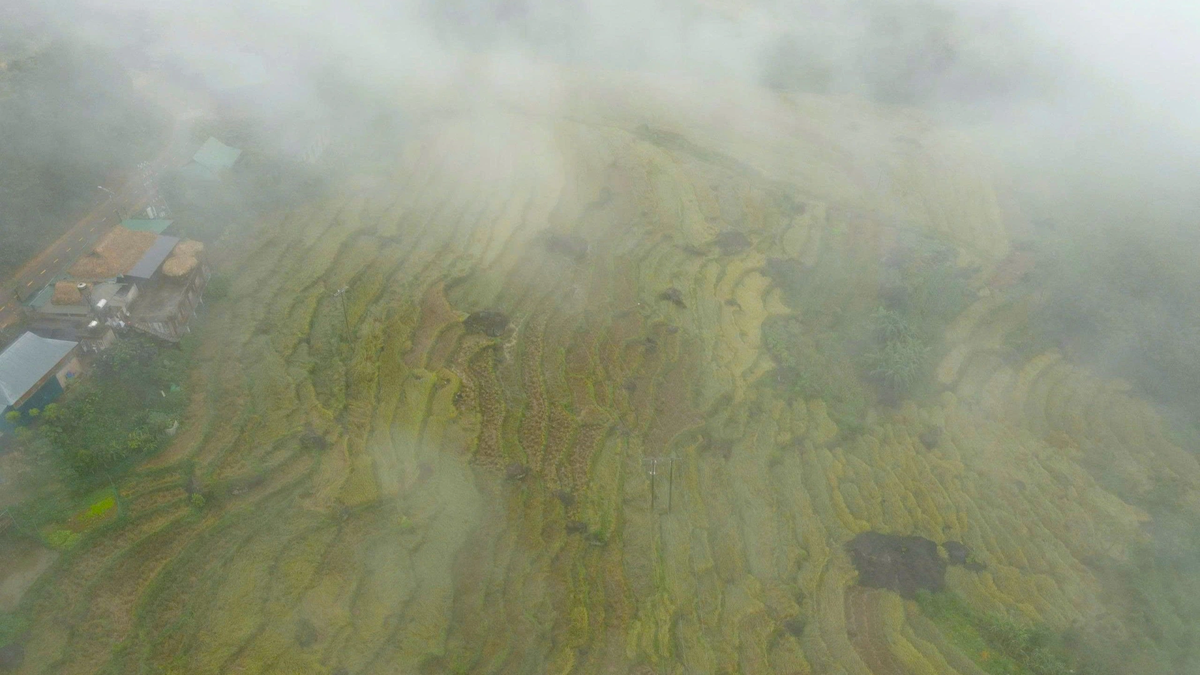



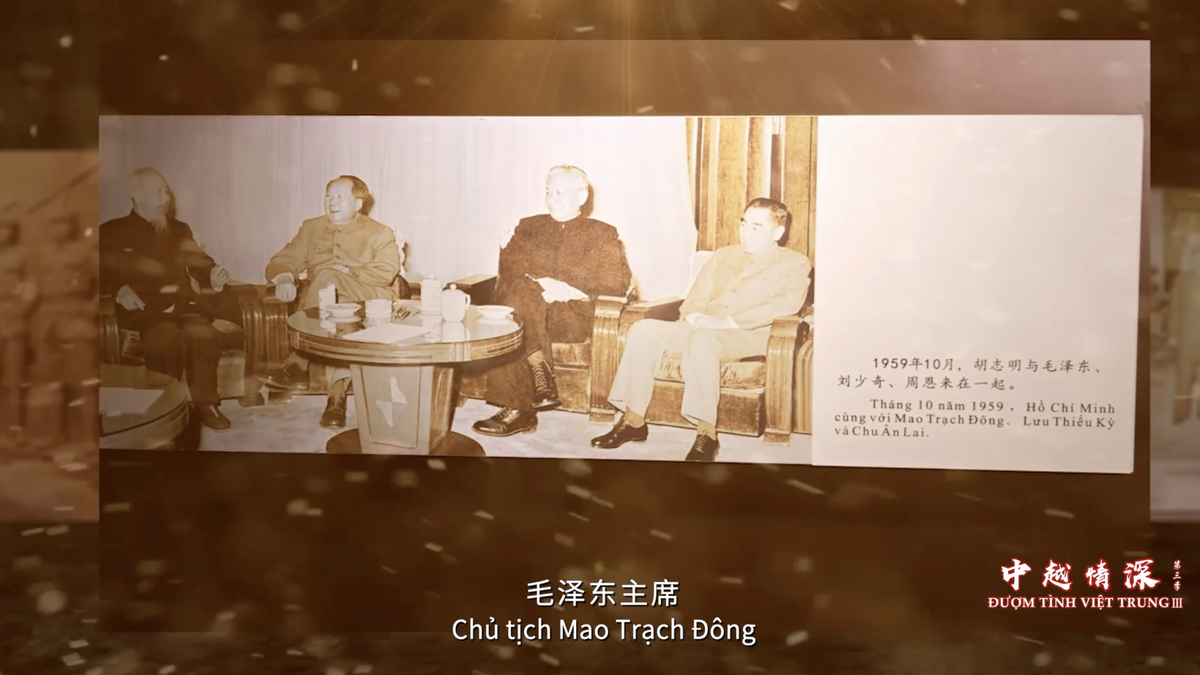
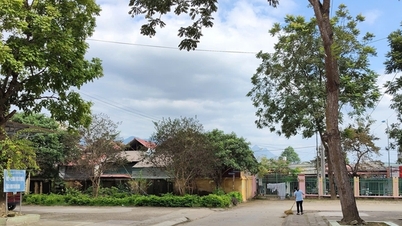















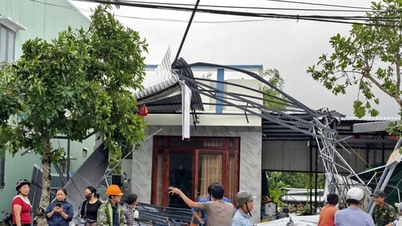

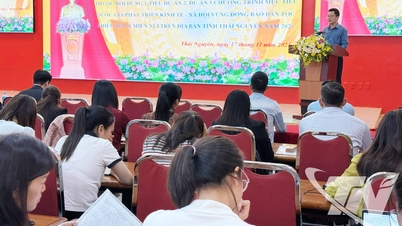











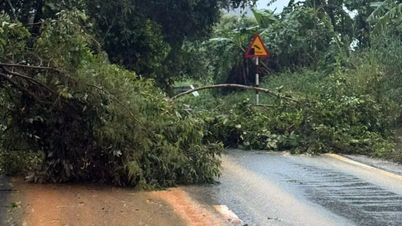


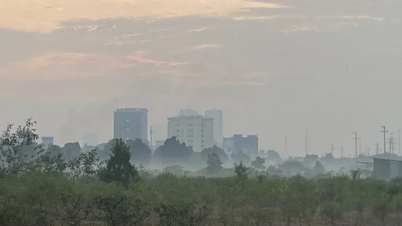

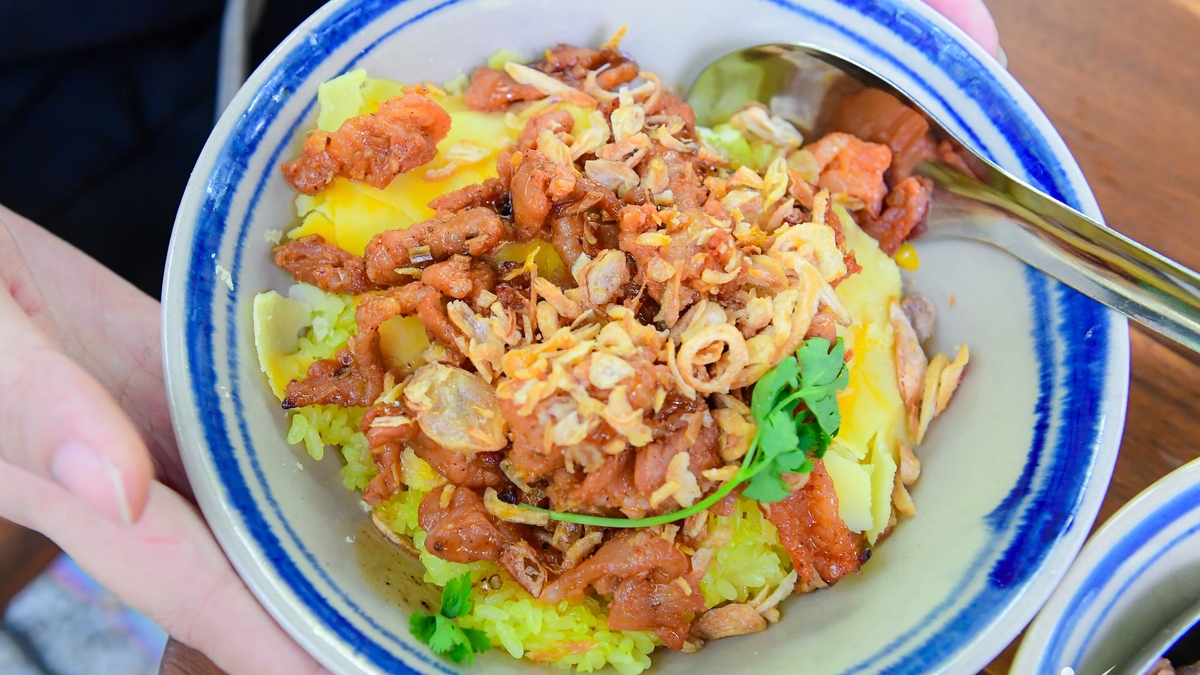

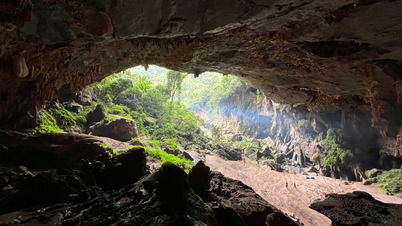







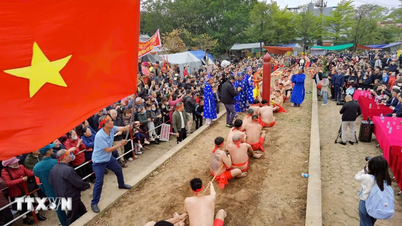







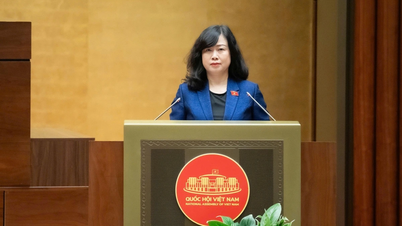

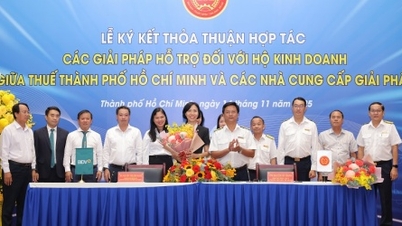

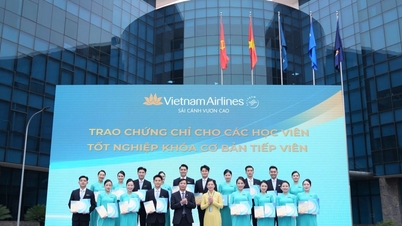

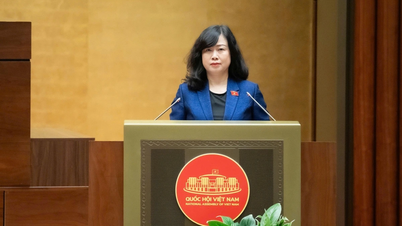












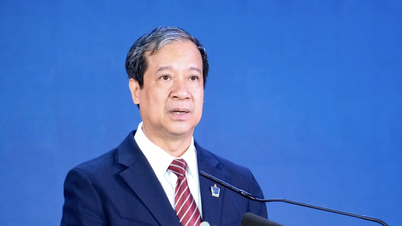





















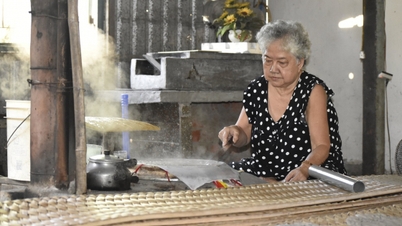












Comment (0)